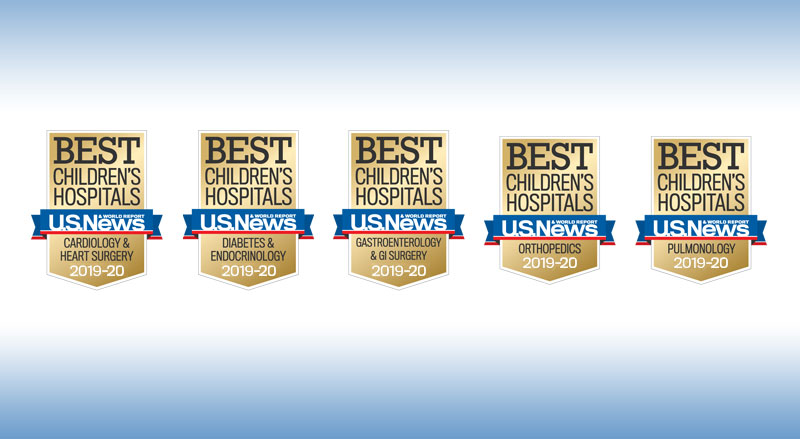
To detect HIV and other infectious diseases, PCR testing is often used. They are both more precise and less expensive than rapid antigen tests. The sensitivity of a PCR can however vary. It depends on what type of sample you have and which patient group you are. Some tests have a higher sensitivity than others, and some have a lower one.
The gold standard for COVID-19 detection is RT-PCR
The gold standard for COVID-19 testing is the reverse transcription-polymerase chain reaction (RT-PCR). This test is done on samples of respiratory material that are collected by healthcare providers. As an alternative highly sensitive assay, droplet digital PCR is growing in popularity. It is important to note that droplet digital PCs require trained technicians and require the collection of respiratory specimens by healthcare workers.
The RTPCR method is a real-time reverse transcript polymerase chain reaction (PCR), to detect the COVID-19virus. The test detects the presence of nucleic acid from SARS-CoV-2 in samples of the lower respiratory tract and upper respiratory tract.

RT-PCR proves to be more efficient than rapid antibody testing
RTPCR is a method for detecting bacteria and viruses. Researchers tested two different methods, each with their own specificity and sensitivity. RTPCR was more sensitive and specific than NAAT. The results were similar to those obtained from cultures and showed a correlation with patient-reported symptoms.
The two methods were compared in several situations. For example, the RT-PCR test required 24 hours before the patient entered and elapsed after the test. The RA test, on the other hand, was performed upon entry and departure.
RT-PCR has a lower cost.
RTPCR is a technique that uses polymerase chains reaction to amplify genetic material in a specimen. The PCR reaction uses single-stranded DNA and primers that ensure that the DNA analyzed is of a particular species. You can then quantify the PCR results.
The RT-PCR method is more cost-effective for a range of gene expression tests and is faster and more accurate than end-point methods. However, it is not completely free of risk. It is important to consider the risks of false results and to carefully follow the instructions. Even if the individual has never been infected, they can still receive a negative result. Follow the instructions carefully and consult your healthcare provider to request a RTPCR test.

Problems with sample quality and/or sample evaluation
The most important aspect of a PCR testing is the quality of the sample. A poor sample evaluation could lead to poor results. Poor assay design or sub-optimal sample conditions can lead to poor quality samples. These problems are often difficult to identify and require further investigation.
FAQ
Who controls the healthcare system and who pays it?
It all depends on your perspective. Public hospitals may be owned by the government. Private companies may run private hospitals. Or you can combine both.
What would happen if Medicare was not available?
Americans who are not insured will see an increase. Some employers will drop their employees from their plans. Many seniors will also be paying more for prescription drugs and other services.
Which are the three types in healthcare systems?
First, the traditional system in which patients are given little control over their treatment. They go to hospital A if they need an operation, but otherwise, they might as well not bother because there is nothing available at all.
The second system is a fee-for-service system where doctors earn money based on how many tests, operations, and drugs they perform. If you don’t pay them enough they won’t do additional work and you’ll be twice as expensive.
A capitation system, which pays doctors based on how much they spend on care and not how many procedures they perform, is the third system. This encourages doctors not to perform surgery but to opt for less costly treatments like talking therapies.
Statistics
- For the most part, that's true—over 80 percent of patients are over the age of 65. (rasmussen.edu)
- Consuming over 10 percent of [3] (en.wikipedia.org)
- For instance, Chinese hospital charges tend toward 50% for drugs, another major percentage for equipment, and a small percentage for healthcare professional fees. (en.wikipedia.org)
- The health share of the Gross domestic product (GDP) is expected to continue its upward trend, reaching 19.9 percent of GDP by 2025. (en.wikipedia.org)
- Price Increases, Aging Push Sector To 20 Percent Of Economy". (en.wikipedia.org)
External Links
How To
What are the 4 Health Systems
The healthcare system is complex and includes many organizations, such as hospitals, clinics. pharmaceutical companies. insurance providers. government agencies. public health officials.
The overall goal of this project was to create an infographic for people who want to understand what makes up the US health care system.
These are the key points
-
The GDP accounts for 17% of healthcare spending, which amounts to $2 trillion annually. This is almost twice as large as the entire defense budget.
-
Medical inflation reached 6.6% for 2015, more than any other category.
-
Americans spend 9% of their income annually on health.
-
Over 300 million Americans are uninsured as of 2014.
-
Although the Affordable Healthcare Act (ACA), was passed into law, implementation has not been completed. There are still large gaps in coverage.
-
A majority of Americans believe that there should be continued improvement to the ACA.
-
The US spends more money on healthcare than any other country in the world.
-
Affordable healthcare would mean that every American has access to it. The annual cost would be $2.8 trillion.
-
Medicare, Medicaid, or private insurance cover 56%.
-
People don't have insurance for three reasons: they can't afford it ($25 Billion), don’t have enough time to search for it ($16.4 Billion), and don’t know about it ($14.7Billion).
-
There are two types, HMO (health maintenance organization), and PPO (preferred providers organization).
-
Private insurance covers most services, including doctors, dentists, prescriptions, physical therapy, etc.
-
Public programs provide hospitalization, inpatient surgery, nursing home care, long-term health care, and preventive services.
-
Medicare is a federal program that provides health coverage to senior citizens. It pays for hospital stays, skilled nursing facility stays, and home health visits.
-
Medicaid is a joint state-federal program that provides financial assistance to low-income individuals and families who make too much to qualify for other benefits.